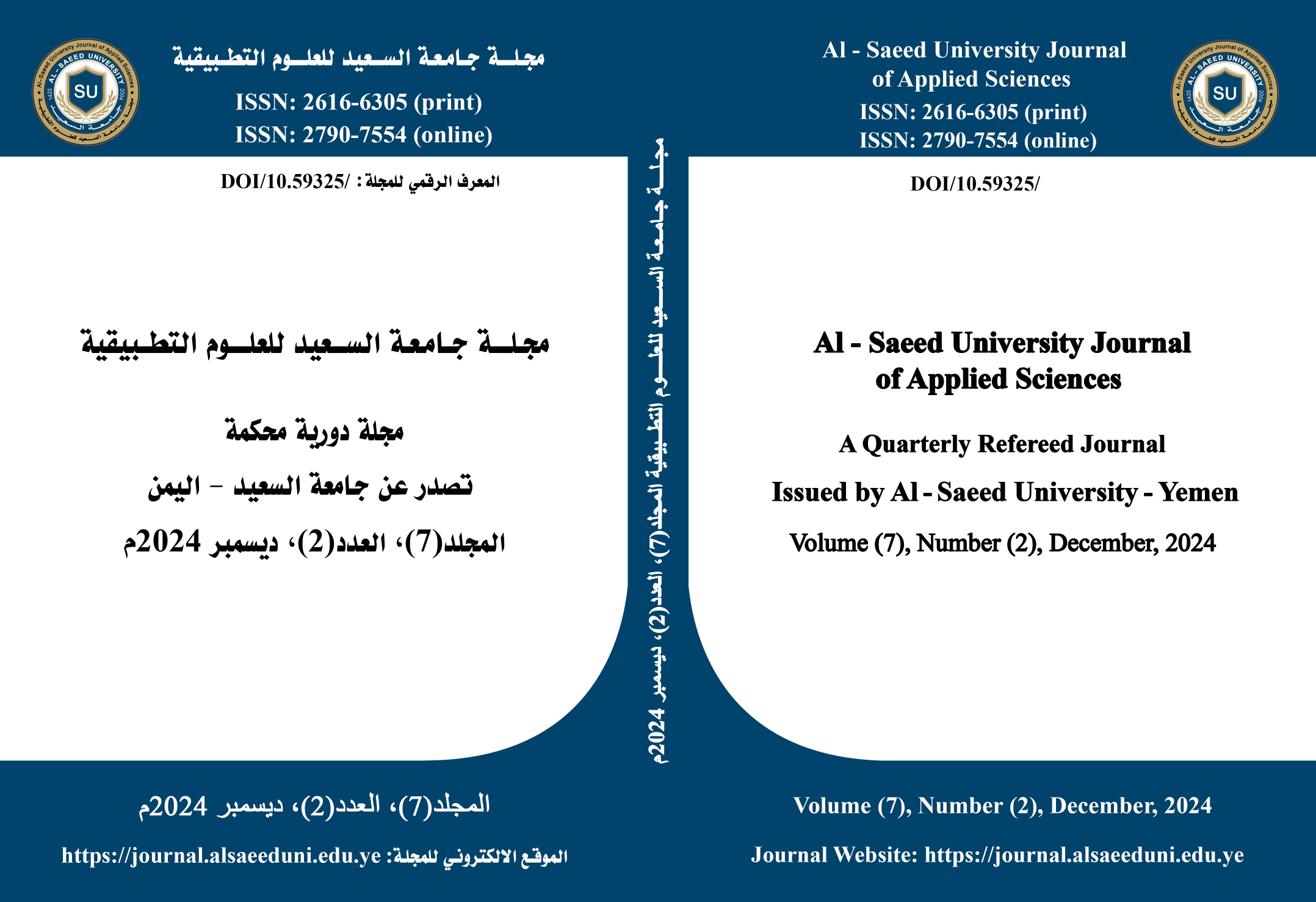Optimization of Cultural Conditions for Enhanced Lipid Accumulation by a Local Isolate of Cunninghamella sp. using Response Surface Methodology
الكلمات المفتاحية:
Cunninghamella spp، polyunsaturated fatty acids، microbial lipids، optimization، response surface methodologyالملخص
Microbial lipid production by oleaginous fungi offers a potential promising source for producing polyunsaturated fatty acids (PUFAs), valuable compounds for nutraceutical and pharmaceutical applications. Optimization of culture conditions is essential for enhancement of microbial lipid production. The aim of this study is to improve the lipid synthesis using a local oleaginous mold of Cunninghamella spp. The effects of several factors including carbon source, nitrogen source, pH and incubation time on lipid accumulation by Cunninghamella spp were investigated conventionally (one-variable-at-a-time). The results showed that the most effective carbon source was glucose and sodium nitrate was the best nitrogen source for lipid synthesis. The optimum pH and incubation time were found to be 6.0 and 5 days, respectively. Furthermore, glucose concentration, sodium nitrate and pH were further optimized to maximize lipid production using response surface methodology (RSM). A central composite design (CCD) was applied, and a polynomial regression model with a quadratic term was used to estimate the experimental data using analysis of variance (ANOVA). Results of RSM-CCD optimization indicated that the optimal concentrations of glucose and sodium nitrate were 38.28 g/L glucose, 0.48 g/L, respectively, at a pH value of 5.79, resulting in a lipid accumulation of 25.4% (w/w). The quadratic model revealed that pH was the most influential factor in lipid synthesis by Cunninghamella spp., a local isolate demonstrating efficient lipid accumulation potential.



